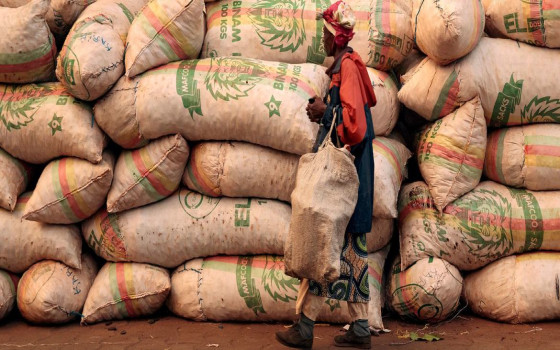
Food prices are high globally, despite the decline in the price of grains and oils

- Europe and Arabs
- Thursday , 27 April 2023 14:20 PM GMT
Brussels: Europe and the Arabs
Despite the decline in the prices of grains and vegetable oils, food prices are still high. The American Associated Press said that food prices are rising all over the world in a continuous, painful and puzzling manner.
According to what was reported by the Seventh Day website, in global markets, the prices of grains, vegetable oils, dairy and other agricultural commodities have steadily declined from the record levels they had reached, but this relief did not reach the real world of shopkeepers, street vendors and families trying to meet their needs.
Prices were already high when the Russia-Ukraine war began in February last year, which disrupted trade in grain and fertilizer and drove up prices even further. But globally, the price shock ended long before.
The United Nations says food prices have fallen for 12 consecutive months, helped by good harvests in some regions such as Brazil and Russia, and a grain deal that allowed shipments out of the Black Sea.
The food price index of the Food and Agriculture Organization (FAO) is lower than it was at the start of the Ukraine war. However, somewhat exorbitant food prices, which leave people with no choice but to pay, continue to rise, contributing disproportionately to painfully high inflation rates in the United States, Europe, and distressed countries in the developing world.
Ian Mitchell, an economist and co-director of the Europe Program at the Center for Global Development in London, explains that food markets are so interconnected that you can feel the impact of higher prices wherever you are anywhere in the world.
The Associated Press asked: Why does food price inflation remain so intractable, if not in global commodity markets, then in stores, grocery stores and kitchen counters around the world?
To answer this question, Joseph Glabor, a former economist at the US Department of Agriculture, points out that the prices of certain agricultural products such as oranges, wheat and cattle are only the beginning.
In the United States, where food prices rose 8.5% last month compared to a year earlier, 75% of costs come after commodities leave the farm. There are energy costs, processing costs, transportation costs, and all labor costs.












No Comments Found